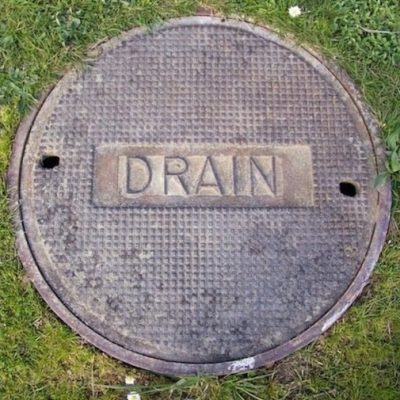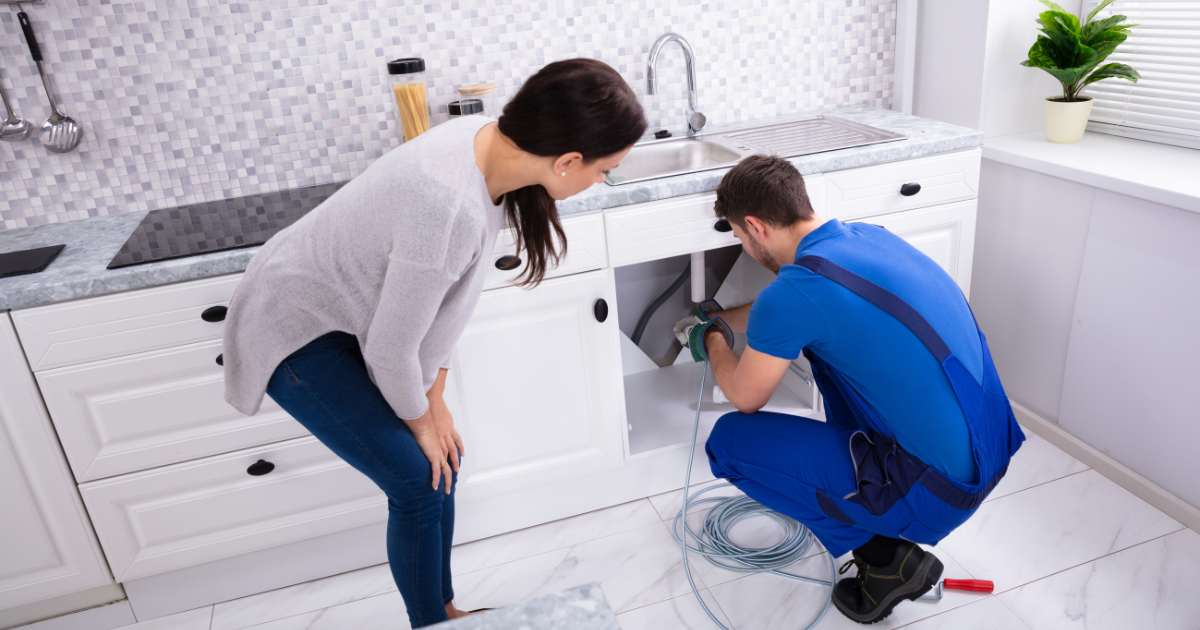How do you really feel on the subject of How to handle a clogged drain in your home?

Intro
Handling a blocked drainpipe can be a frustrating experience, interfering with daily tasks and potentially triggering damages to your home. Nonetheless, before connecting to pipes professionals, there are actions you can require to resolve the issue yourself. In this guide, we'll check out do it yourself solutions and preventive measures to deal with an obstructed drainpipe efficiently.
Recognizing the Concern
The first step in dealing with an obstructed drain is recognizing the signs. Slow drainage, gurgling sounds, foul odors emanating from drains, or water backing up prevail indicators of an obstructed drain. Identifying these indicators early can aid stop additionally problems.
Selecting the Right Pipes Service
When choosing a pipes solution, take into consideration variables such as experience, licensing, and client evaluations. Pick a reputable plumbing technician with a track record of top quality workmanship and clear rates practices.
Cost Considerations
The cost of specialist drainpipe cleaning company can vary depending on the severity of the clog and the plumbing technician's rates. Demand quotes from several service providers and ask about any type of surcharges to make certain transparency and stay clear of shocks.
Safety Measures
When attempting DIY drainpipe cleaning, prioritize safety and security. Use protective gloves and eyeglasses to prevent contact with harmful chemicals or microorganisms. Never mix various drain cleaning products, as this can create dangerous fumes.
Situation Researches
Real-life instances highlight the effectiveness of DIY options and the significance of timely specialist treatment in solving drain blockages.
Usual Reasons For Obstructed Drains
Recognizing the elements that add to drain obstructions is vital for effective resolution. Typical culprits include hair, soap scum, oil, food debris, and international objects like sanitary items or paper towels. Tree roots attacking underground pipelines can also trigger substantial blockages.
Do it yourself Solutions
For small blockages, a number of do it yourself solutions can be efficient. Putting boiling thin down the drain can help dissolve oil and particles. Sodium bicarbonate and vinegar or a mixture of salt and baking soda can act as natural cleaners. Utilizing a plunger or plumbing snake to remove blockages is one more choice.
Devices and Devices
Having the right tools on hand can make DIY drainpipe cleansing extra reliable. A bettor is a flexible tool for clearing blockages in sinks, commodes, and showers. A pipes snake or auger can reach much deeper blockages, while drain cleansing chemicals can be utilized cautiously for persistent blockages.
Safety nets
To avoid future clogs, adopting safety nets is critical. Install drainpipe guards or strainers to capture hair and particles before they go into the pipelines. On a regular basis flush drains with hot water to liquify oil buildup, and avoid dealing with grease or strong waste away.
When to Call a Professional
While DIY options can settle minor blockages, specific indications show the demand for professional help. Consistent obstructions, foul odors regardless of cleansing initiatives, or multiple drains pipes backing up simultaneously are red flags that warrant expert intervention.
Conclusion
By complying with the pointers detailed in this guide, you can successfully deal with obstructed drains and prevent future plumbing issues. Whether going with do it yourself remedies or seeking professional help, prompt activity is key to keeping a healthy pipes system and protecting the stability of your home.
How to Clear a Clogged Drain Yourself (And When to Call In the Professionals)
What Can Clog a Drain
- Dirt
- Skin flakes
- Hair
- Grease
- Soap scum
- Food
- Offset pipes
- Tree roots
- Small objects
- Mineral buildup
DIY Tricks to Unclog a Drain
You can fix this! Once you have identified the source of the clog (or have a vague idea), you can try one or a combination of these fixes in order to clear your plumbing.
Wire Hanger or Snake
Untangle and clear out hair from a drainpipe with a homemade snake. Use a straightened-out wire hanger with a 90-degree angle hook to locate the clog and drag out any unwanted material.
Remember not to push the clog further down to where the wire hanger cannot reach! If you need to follow up with a plunger, give it a try. Your efforts might be more successful after it’s been wire-snaked.
If you want to get fancy and don’t have a wire hanger to spare, head to the store and pick up a hand-operated drain snake. You can get one for $10-$30. It may save you the hassle, and provide additional length to reach deep into the clogged pipe.
Plunger
A cup plunger has a suction cup attached to a wooden handle. The rubber creates a seal around the drain, and increases the pressure force of the plunger.
Plunge for 30-second increments to loosen the clog. This may need to be repeated over the course of 15-20 minutes. Once plunged, run the water to flush the remaining material out of the drain.
Remember– never use a plunger if you have used a chemical drain cleaner. These chemicals can splash up from the force of the plunger and cause serious injury or burns.
Boiling Water
Hot water can sometimes break up materials into a flushable amount. Dirt, grease, and soap buildup requires heat in order to unstick from surfaces.
Take your kitchen kettle and heat your water to a boil. Once it reaches a rolling boil, pour it directly down the drain into the blockage. Carefully follow with plunging, if necessary.
Don’t worry if this takes more than one try! It can often take multiple kettles and repeated plunging in order to clear a particularly stubborn clog.
Chemical Drain Cleaner
As a last resort, pick up a bottle of chemical drain cleaner. Drain-cleaning chemicals are potent, and not very good for the environment.
You may need to wear protective eyewear in gloves before handling your bottle of chemical drain cleaner. Follow the instructions printed on the bottle, and flush with water as soon as the instructions allow. Do not follow with plunging.
Baking Soda and Vinegar
As a safer alternative to chemical drain cleaner, baking soda and vinegar can create a chemical reaction that clears tough clogs.
Combine one cup of cleaning vinegar with one cup of boiling water, and set aside. Once you have done this, pour half a cup of baking soda down the drain. Give the baking thirty seconds to settle and cover a large portion of the problem drain.
Following the baking soda, pour down your vinegar and hot water solution. Once the vinegar and baking soda combine, the mixture will bubble and fix. Let this reaction fizzle in the drain for about an hour.
After an hour, follow with a kettle’s worth of hot water. The heat and liquid should flush out any remaining material.
When to Call a Plumber
If your DIY attempts haven’t cleared your clog drain, it’s time to call in a professional. It’s not worth losing access to your kitchen sink or high-traffic bathroom. A clog in a vital area can keep you from the things you’d rather be doing, and derail your routine.
Anytime a clog is causing water to spread is a time to call in a plumbing service. What starts out as a little bit of water can quickly grow into serious, expensive water damage.
Additionally, a serious clog can result in burst pipes or serious leaks. Make sure you know when to take it seriously!
https://myguysnow.com/how-to-clear-a-clogged-drain-yourself-and-when-to-call-in-the-professionals/

Do you like reading up on How to handle a clogged drain in your home? Put feedback below. We'd be happy to find out your reactions about this blog posting. In hopes to see you back again before long. Loved our piece? Please quickly share it. Help others discover it. I value your readership.
Call Today
Comments on “Actions to Implement for Unclogging a Blocked Drain Before Calling Expert Help”